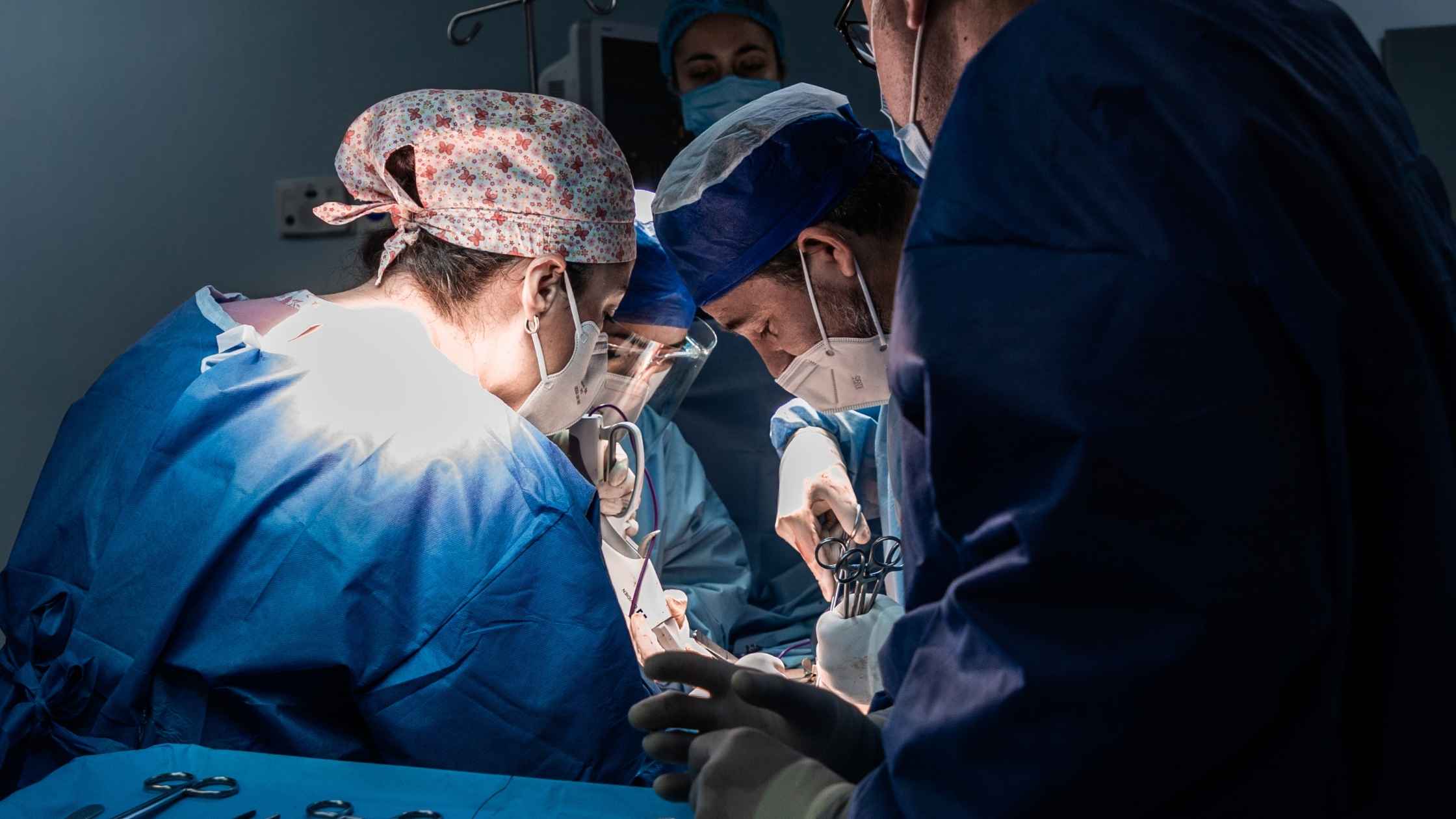“Emphasizing the need to see the suitable specialist for a correct diagnosis and treatment, this page helps you decide if you have a pilonidal cyst or another condition.”
It makes sense to question whether a pilonidal cyst or another cause accounts for your tailbone’s tenderness or discomfort. Though somewhat frequent, pilonidal cysts can sometimes be mistaken for other disorders. Knowing which pilonidal cyst one has can enable one to treat it and decide where to seek surgery to remove pilonidal cyst it. This book will walk you through the main pilonidal cyst symptoms and assist you in differentiating whether it is something else entirely. Let us start directly.
A Pilonidal Cyst is What?
Knowing what a pilonidal cyst actually is can assist us to set it apart from other conditions. Usually appearing under the skin near the tailbone, a pilonidal cyst is a pocket or sac. It frequently features hair, skin trash, and occasionally pus or fluid. Particularly in cases of inflammation or infection, Pilonidal cysts can be rather painful. Untreated, they can cause more major problems.

Typical Signs of a Pilonidal Cyst
The following are the primary indicators you might be dealing with a pilonidal cyst:
1. Tenderness Around the Tailbone
The most often occurring complaint of a pilonidal cyst is tailbone-related pain or discomfort. It can be minor or severe and usually gets worse while seated for extended lengths of time.
2. Redism or Swelling
About your tailbone, you could find redness or edema. Usually, this indicates either an infection or inflammation.
3. Fluid or Pus Drainage
Should your pilonidal cyst get infected, pus or blood could start to flow from it. Usually smelling bad, this leakage could indicate that medical treatment is required.
4. A Little Skin Pockmark or Opening
Sometimes the skin above the cyst may show a little hole or indentation. Here the cyst can either discharge or get contaminated.
5. Tenderness
Particularly while seated or lying down, a pilonidal cyst might be sensitive to the touch. The area could seem bloated or stiff.
You can check here How to Prepare for Your Appointment with a Pilonidal Cyst Specialist
How Can One Determine Not to Have a Pilonidal Cyst?
Not every ache or swelling close to the tailbone is a pilonidal cyst. Other disorders could produce symptoms. Here’s how to find out whether another condition could be your problem:
1. Hemorrhoids
Especially while seated, hemorrhoids can cause pain, swelling, and discomfort around the tailbone area. Generally speaking, hemorrhoids affect the rectal area unlike a pilonidal cyst. They might also lead to itching, and the discomfort usually gets greater after bowel movements.
2. Boil or Abscess
Similar swelling and pain might be brought on by an abscess or boil close to the tailbone. Frequent causes of these disorders are bacterial infections. Should you have a boil, it might be really uncomfortable to touch and filled with pus.
3. Damage of the Coccyx
A coccyx (tailbone) injury can induce discomfort and swelling like a pilonidal cyst. If you fell or harmed your lower back, check if you have a cyst or an injury.
4. Problems with Spinal Development
Some spinal conditions, such neuralgia or a herniated disc, can be uncomfortable at the tailbone. Though typically felt in the legs, this discomfort can also feel as though it centers on the tailbone area. This may explain your limb weakness, tingling, or numbness as well.
5. Ingrown Hair Infectivity
Although an ingrown hair by itself might produce regional pain, redness, and swelling, pilonidal cysts are sometimes connected to ingrown hairs. Should you find hair growing into the skin, this could be the problem instead of a cyst.
When to See a Doctor for a Pilonidal Cyst?
A doctor for pilonidal cyst can be found here. See a pilonidal cyst surgeon should one find:
- Increasing Pain: If your discomfort keeps getting worse, particularly about long stretches of sitting or standing,
- Indices of Illness: See a doctor if you find redness, swelling, or pus emanating from a tiny orifice close to the tailbone.
- Regular Cysts: It may require more aggressive treatment including pilonidal cyst removal.
Treatment Options for Pilonidal Cysts
Should our doctor find a pilonidal cyst they will go over available treatments with you. These might comprise:
- Antibiotics: Antibiotics can assist in eliminating an infection in the cyst if one exists.
- Drainage: Sometimes a doctor drains a cyst to lower swelling and ease pressure.
- Surgery to Remove Pilonidal Cyst: In more severe cases, the cyst may have to be removed and recurrence avoided using surgery. If the cyst keeps returning or gets infected, this is usually the best choice.
Final Thought
Finding a pilonidal cyst can be difficult, particularly when its symptoms overlap those of other disorders. Pay close attention to symptoms including pain at the tailbone, swelling, or drainage and ask yourself whether you might be dealing with something else, such a hemorrhoid or abscess. If you’re not sure, the best approach to receive a correct diagnosis and begin treatment is to see a surgeon about pilonidal cysts. Whether they remove pilonidal cysts or use non-surgical techniques, a pilonidal cyst doctor will treat you as required. Prevention of problems and guarantees of a seamless recovery depend on early treatment.


